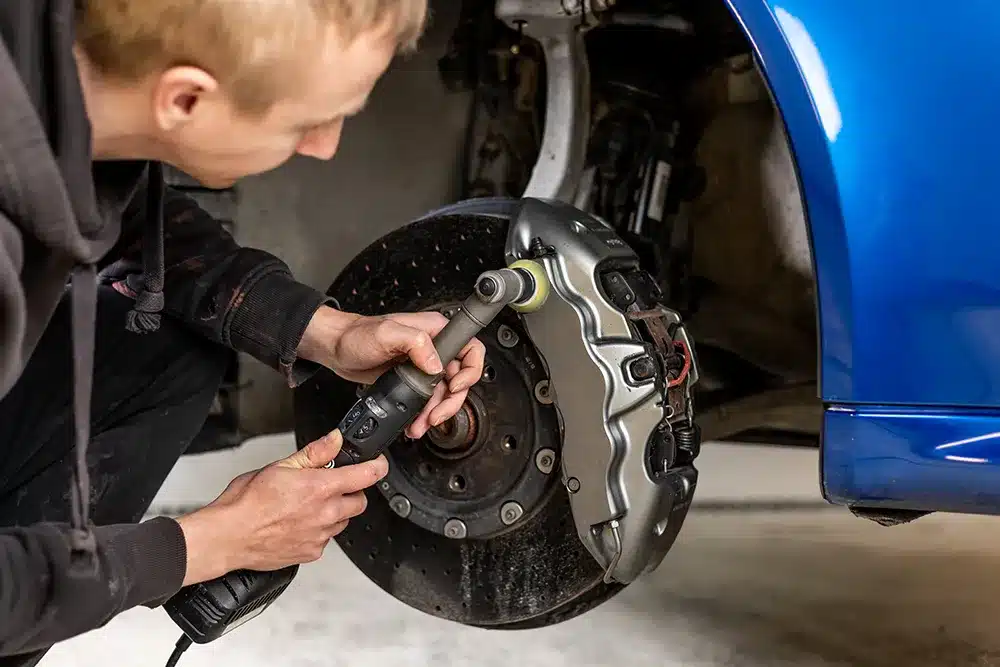Your vehicle’s brakes are a fundamental safety feature that demand attention and care. The ability to stop quickly and efficiently is critical for safe driving and the well-being of you and your passengers. Brake safety goes beyond routine maintenance; it involves understanding the various components, identifying potential issues, and adopting proactive measures to maintain reliable stopping power. We’ll delve into the world of brake safety, exploring the importance of regular inspections, common brake problems, and best practices to ensure your braking system remains in peak condition for a secure and confident driving experience.
The Vital Role of Brakes: Safeguarding Every Journey
Brakes are the primary defense against accidents and collisions, allowing you to control your vehicle’s speed and come to a stop swiftly and securely. Regular brake safety practices are crucial to protect lives on the road.
Brake Components: Understanding the Building Blocks
- Brake Pads: These friction materials press against the rotors to slow down the vehicle.
- Rotors (Discs): Rotors are metal discs that rotate with the wheels, and when squeezed by the brake pads, they create the necessary friction to stop the vehicle.
- Calipers: Calipers house the brake pads and exert pressure on the rotors.
- Brake Fluid: Brake fluid transfers the force applied to the brake pedal to the calipers, ensuring consistent brake performance.
Identifying Brake Issues: Warning Signs of Wear and Tear
- Brake Pad Wear: Squealing, grinding, or screeching noises indicate worn-out brake pads.
- Vibrations or Pulsations: Shaking or pulsating sensations in the brake pedal or steering wheel signal potential rotor issues.
- Soft Brake Pedal: A spongy or low brake pedal may point to air in the brake lines or a failing master cylinder.
- Leaks or Fluid Loss: A drop in brake fluid level or visible leaks requires immediate attention.
Brake Safety Practices: Preserving Optimal Performance
- Regular Inspections: Schedule periodic brake inspections by a qualified technician to evaluate the condition of your braking system.
- Timely Brake Pad Replacement: Replace worn-out brake pads promptly to prevent damage to other brake components.
- Rotor Maintenance: Address warped or excessively worn rotors to ensure even braking and prevent vibrations.
- Brake Fluid Exchange: Regularly flush and replace brake fluid to maintain hydraulic pressure and prevent moisture contamination.
- Avoid Aggressive Braking: Gentle driving and gradual stops reduce wear on brake components.
- Parking Brake Usage: Engage the parking brake when parked to alleviate stress on the transmission and ensure proper brake function.
Brake safety is an integral part of responsible driving, safeguarding you and your passengers on every journey. By understanding the crucial components, recognizing warning signs of wear, and embracing regular brake inspections and maintenance, you ensure your braking system remains reliable and responsive when you need it most. Embrace the principles of brake safety, and with a well-maintained braking system, you’ll have the confidence to navigate the roads, knowing you can stop swiftly and securely in any driving situation.


